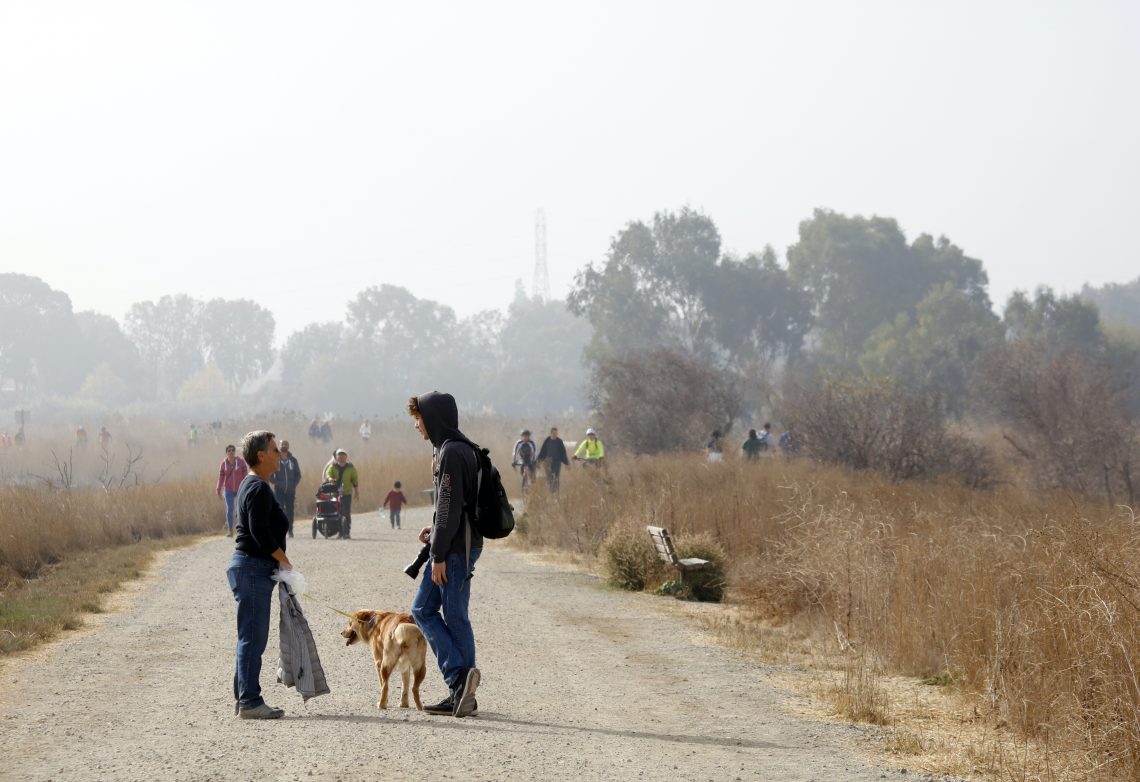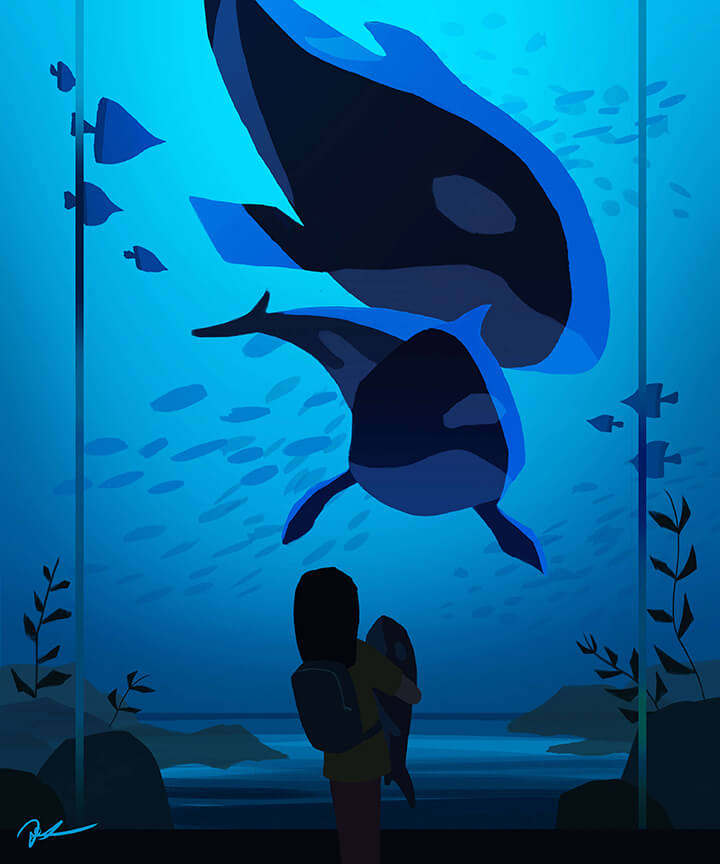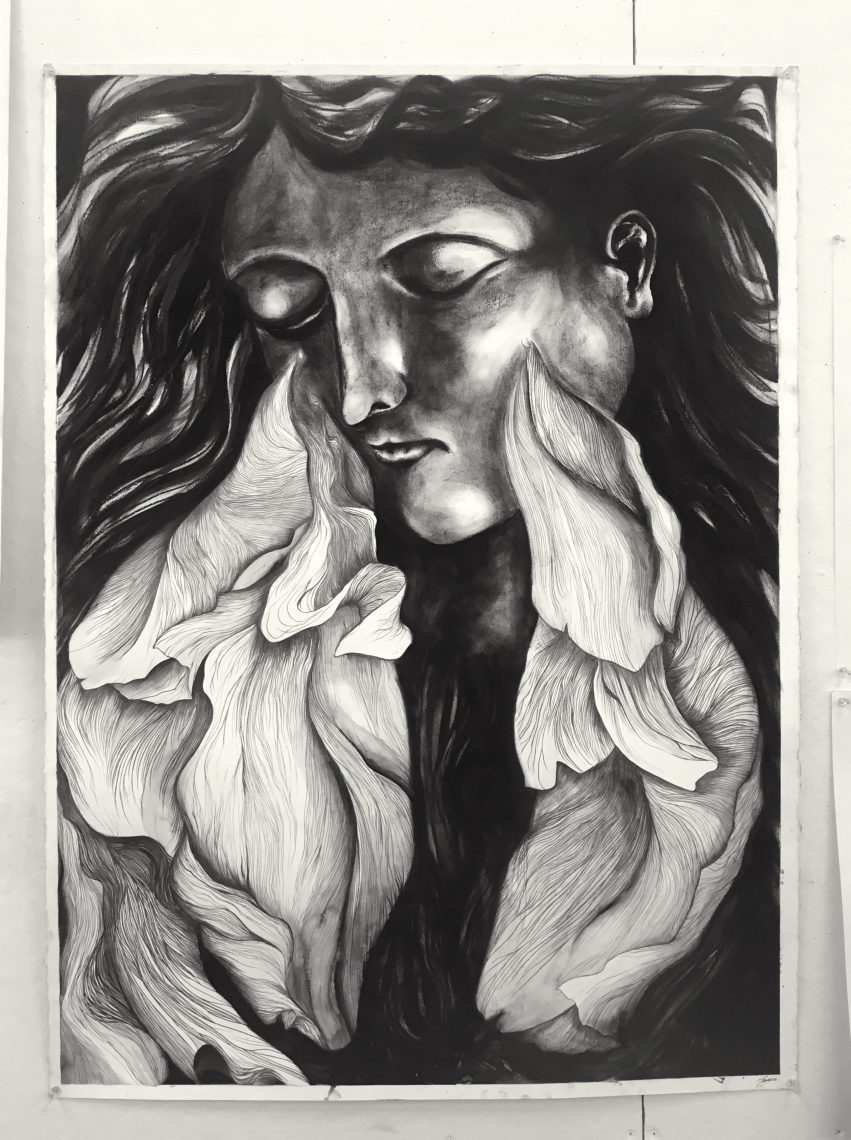Art, creativity, and culture have measurable impacts on individual and community health
Today, October 10, is World Mental Health Day which is a day dedicated to raising awareness about mental health and well-being around the world and bringing support to those living with mental health challenges. Also today, it is more than fitting that I am joining colleagues in conversation about art and public health at the University of Florida’s Creating Healthy Communities 2022 convening. This is a gathering of people who are researching, working, and practicing at the intersections of arts, public health, and community development. It is also affirmation that we are building momentum for innovative new approaches to thinking about the whole person when we think about well-being.
There is growing understanding that individual and community health are influenced by social, environmental, and economic conditions. According to the World Health Organization, the social determinants of health — the structural conditions in which people are born, live, work, and age — include economic status, neighborhood and physical environment, education, food, community and social context, and our health care system. Those who are born into and living at social, economic, and environmental disadvantage are far more likely to have poor health outcomes. In fact, it is widely recognized that one’s zip code and reading level are stronger predictors of individual health outcomes than one’s genetic code.
As efforts increase to integrate economic, social, and environmental needs into health care systems, there is ample evidence that art, creativity, and culture have measurable impacts on individual and community health. This builds on a growing national agenda that aims to realize the potential for intersecting health, arts, and culture to build healthier communities across the country.
At Stanford, we know that artists across our country are working in their communities to co-create the conditions that support health and drive well-being. We understand that participation in the arts and creative exchange nurtures a sense of social cohesion and belonging, cultivates collective safety, celebrates community culture and identity, and catalyzes civic engagement and participation. These conditions — cohesion, safety, identity, and participation — are essential to well-being.
We want to contribute to policies and systems that recognize that, as human beings, each of us is capable of seeing beyond our present challenges and transcending our current conditions. We want to support the research that illustrates that people who experience creativity and inspiration can perceive new possibilities, a sense of purpose and optimism, and a belief in their own abilities.
Like so many people, I have personal and immediate experience supporting family members and friends who are struggling with complicated and sometimes acute mental health challenges. I also have firsthand experience witnessing the transformative power that the arts can have in people’s lives. I am honored to be working at Stanford where we can pursue bold experiments at the intersections of art and health that lead to individual and collective transformation.





















